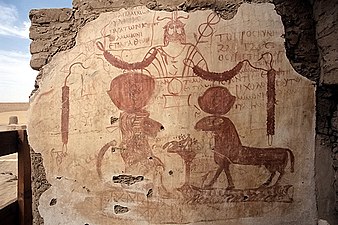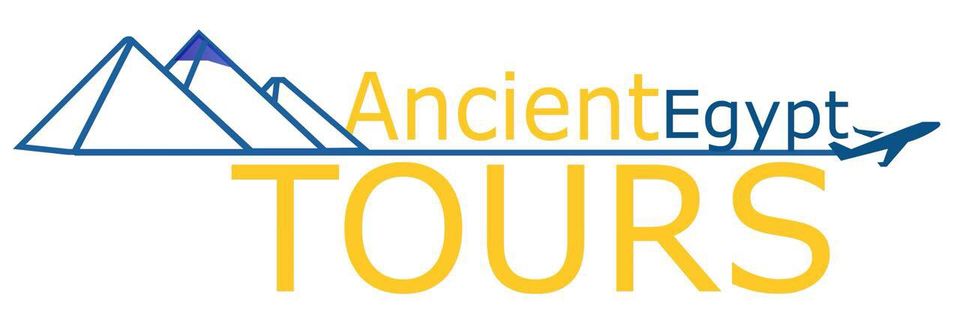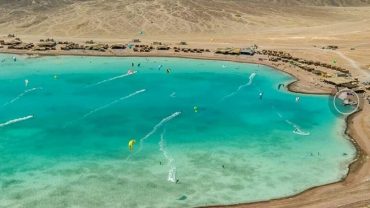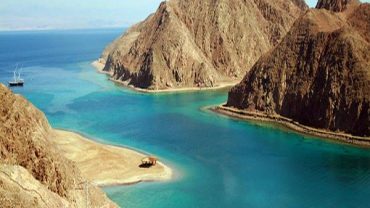About El Dakhla oasis
El Dakhla Oasis (Egyptian Arabic: الداخلة, “the inner oasis”), is one of the seven oases of Egypt’s Western Desert. Dakhla Oasis lies in the New Valley Governorate, 350 km from the Nile and between the oases of Farafra and Kharga. It measures approximately 80 km from east to west and 25 km from north to south.The Arabic name of the oasis “the inner oasis” is a direct translation of its Coptic (Coptic: ϯⲟⲩⲁϩ ⲉⲧϩⲓϧⲟⲩⲛ, lit. ‘the oasis that is at the inward part’) and Greek (Ancient Greek: Ὄασις ἡ Ἐσωτέρω) names.
Deir el-Hagar
Deir el-Hagar, (Arabic: دير الحجر ‘Monastery of Stone’, ), is a Roman sandstone temple on the western edge of Dakhla Oasis, about 10 km from Qasr ad-Dachla . The Temple was erected during the reign of the Roman Emperor Nero, and decorated during the time of Vespasian ,Titus and Domitian. The temple was dedicated to the Theban triad, composed of Amun-Ra, Mut and Khonsu, as well as to Seth , also the main deity of the region. 
-
Qasr ad-Dachla
The fortified Islamic town of Qasr ad-Dachla or el-Qasr (Arabic: قصر الداخلة, the Fortress). People built in the 12th century on the remains of a Roman fort in the NW of the Dakhla Oasis by the Ayyubid kings. Many of the up to four-storey mud brick Ottoman. Also Mamluk buildings contain blocks of stone with hieroglyphics from the ancient Thoth temple of the nearby site of Amheida. The three-storey, 21-meter-high minaret people dated it 924 CE.
Recent discoveries of El Dakhla oasis
First,In August 2017, archaeologists from the Ministry of Antiquities announced the discovery of five mud-brick tombs at Bir esh-Shaghala. Dating back nearly 2000 years. Second researchers also revealed worn masks gilded with gold. Several large jars and a piece of pottery with unsolved ancient Egyptian writing on it.
Also Some of the tombs are completely large containing several burial chambers. While one tomb has a roof built in the shape of a pyramid and some of them with vaulted roofs.







Comment (0)